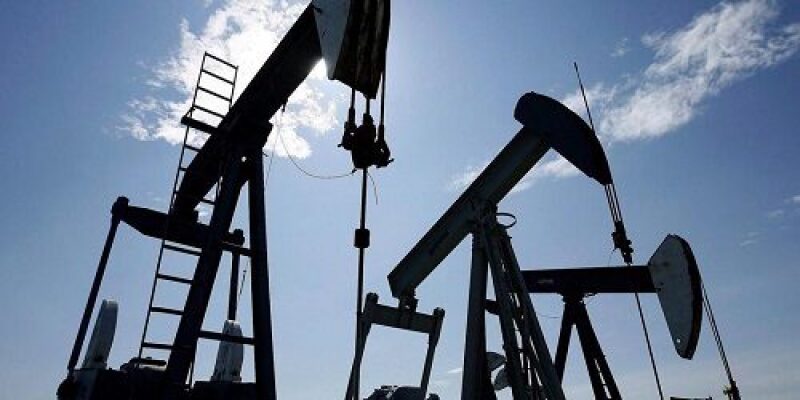Canada’s methane emissions from the oil and gas sector in Alberta and Saskatchewan are almost twice as high as had been previously reported, according to a new study by federal government scientists.
The study, published online in the journal Environmental Science and Technology, says the scientists measured methane in the atmosphere at four spots in the western provinces from 2010 to 2017.
Using this data alongside models that determine how the air is moving, they estimate the provinces’ oil and gas operations emitted an average of 3 megatonnes of methane each year. That’s almost double the sector’s annual average of 1.6 megatonnes as reported by the government’s yearly tally of national greenhouse gas emissions, the study says.
Because methane is a powerful greenhouse gas, this difference equates to an extra 35 megatonnes of carbon dioxide pollution each year, the study says, using the same conversion ratio as the government. That’s almost 5% of the 729 megatonnes of emissions Canada reported this year.
The study was done by scientists in the same department that releases this annual emissions “inventory.”
“It’s not a new source, they just weren’t able to determine what it actually was,” said Doug Worthy, one of the study’s authors and head of the atmospheric observational program at the federal department of Environment and Climate Change Canada.
“It’s not insignificant, that’s for sure,” he said.
The study comes as the Liberal government in Ottawa prepares to lay out how it will fulfil its pledges to aggressively slash greenhouse gas emissions beyond Canada’s current commitment under the international Paris Agreement. Prime Minister Justin Trudeau has vowed to exceed that target for 2030 and hit net-zero emissions by 2050, even as government projections from last year show Canada will fall short of its 2030 target by about 77 megatonnes unless it takes additional measures.

